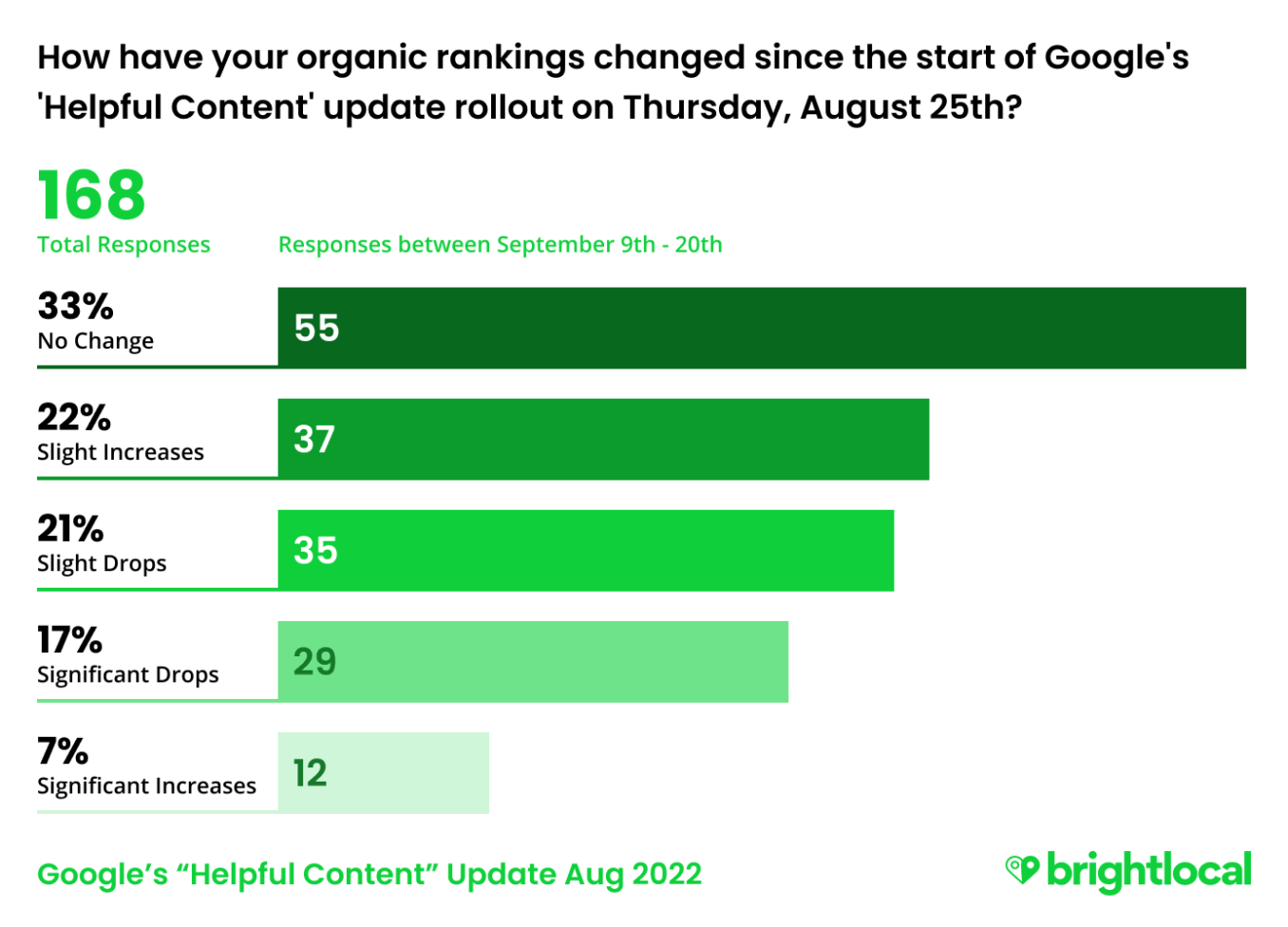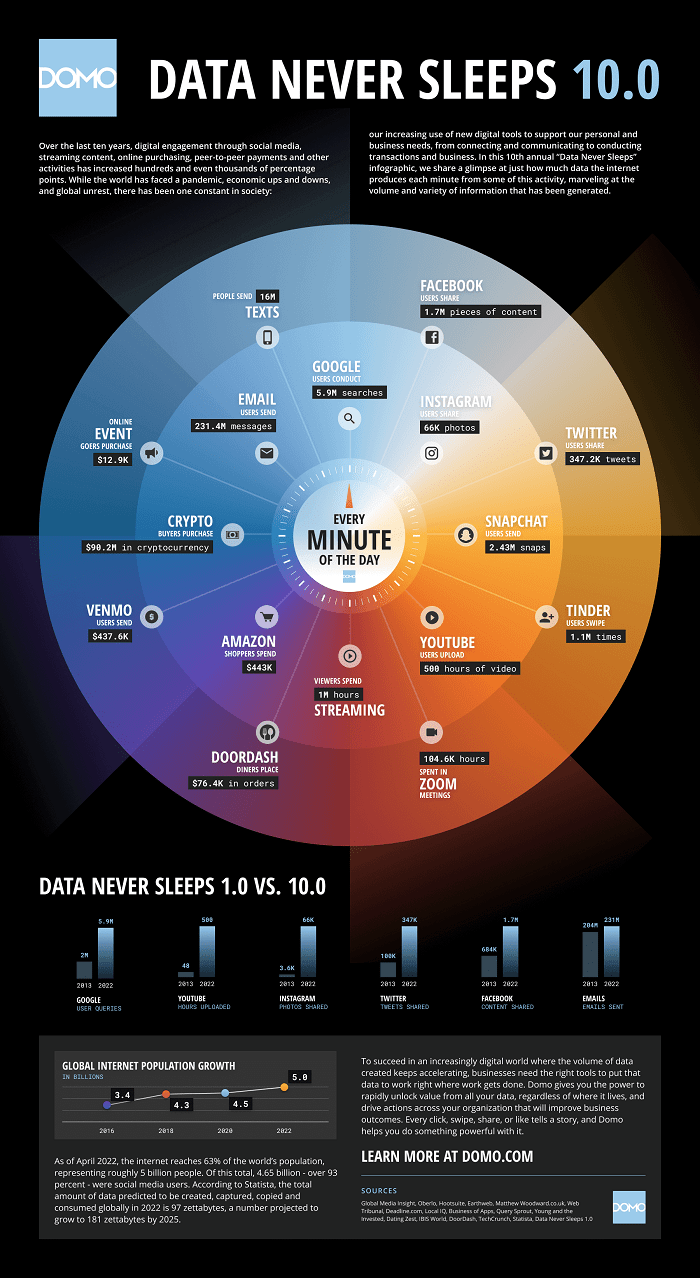Generative Engine Optimization (GEO): Mastering AI-Driven Search in 2025
Local Memo: Tips for Effective Holiday Marketing on Facebook and Instagram
Local Memo: Tips for Effective Holiday Marketing on Facebook and Instagram
In this week’s update, learn about tips for holiday marketing on Facebook and Instagram; the FTC’s guidance to consumers on fake reviews; Meta’s new tools for creators; Google’s new Product Reviews Update; the impact of the Helpful Content Update; and what happens in one minute on the internet.
Tips for Effective Holiday Marketing on Facebook and Instagram
With 3 billion global users — a whopping 1.97 billion of whom log in every day — Facebook remains the most popular social network on the planet. For this reason, any holiday social media strategy should be targeting Facebook users. Social Media Today offers several tips for businesses looking to gain holiday market share via Facebook, including:
- Make sure your Facebook pages utilize all available features. Fill out all fields in your business profiles and don’t neglect to set up CTA buttons.
- Use Facebook tools like Benchmarking and Audience Insights to research competitors and analyze their top posts and ads.
- Video posts are more likely to be engaging and to reach a broader audience; when you do use text, keep it short (25-55 characters) because longer posts are truncated on mobile.
- Posts are more likely to go viral when they appeal (positively) to the audience’s emotions; successful post types include practical hacks, inspirational content, food and recipes, and quizzes.
- Be sure to measure your performance and adjust accordingly.
Instagram has also published a new series of holiday marketing guides, offering tips to marketers on engaging audiences through Reels, working with creators, and boosting the effectiveness of Instagram Shopping.
FTC Asks Consumers: Should You Trust Online Reviews?
A recent article posted on the FTC website asks, “Should we trust online reviews?” The post encourages consumers to approach online reviews with a healthy skepticism, noting that “some people have turned fake review writing into an online business by offering to write positive reviews.” The post says that publishers like Google and Amazon are “well aware” of the problem of fake reviews, with some doing more than others to combat the problem by filtering out suspicious reviews and by “finding, labeling, suspending, or delisting the companies or people who acquire those reviews.”
But, the post goes on, it’s still far too easy to find companies online who are openly selling fake review services. As to what can be done about this, the FTC notes its own recent actions, including a lawsuit against rental listing platform Roomster that alleges, among other things, that the company flooded the Apple and Google Play stores with fake reviews provided by a third party. The FTC also offers guides and information to help consumers spot and report fake reviews, including a help page for reporting fake reviews to publishers.
Meta Launches New Creator Tools
Meta is launching some new tools designed to help creators build audiences on Facebook and Instagram. Creator Endorsements let creators share recommendations with their followers of other creators they might enjoy following. A new Rising Creator alert similarly notifies audiences of new creators whose content and profiles match the interests of Facebook and Instagram users. New Story and post templates on Facebook will help creators show appreciation for individual fans and followers. Creators will also now be able to show select content exclusively to their top fans and subscribers.

Creator Endorsements, courtesy Meta / Business of Apps
Google Rolls Out Latest Phase of Product Reviews Update
In what is turning out to be a round of algorithm updates nearly rivaling the activity of summer 2022, Google launched yet another update on September 20 before the September Core Update had finished rolling out. This new update was reported to be the fifth installment of the Product Reviews Update, which began rolling out in separate phases last year. The Product Reviews Update focuses on English-language sites that review products (hence the name), and is said to reward sites that provide “insightful analysis and original research.” Google did state in mid-August that a new phase of the Product Reviews Update would be released in a few weeks. On the day of the release, the Google Search Central account posted on Twitter to say that for those confused about whether their site was impacted by the September Core Update or the Product Reviews Update: “If you produce product reviews, then it’s probably related to that. If not, then it might be related to the core update.”
There are numerous reports of ranking volatility over the last several days, with many SEOs stating, despite Google’s reassurance, that they feel unsure as to whether the Core Update or the Product Reviews Update is the source.
Assessments of the Impact of the Helpful Content Update
Two recent studies have attempted to sum up the impact of the recent Helpful Content Update (HCU), Google’s attempt to reward sites for publishing original content that satisfies user information needs, and to punish sites that publish content just to rank well in search.
Dr. Pete Meyers, writing for Moz, conducted an analysis of SERPs before and after the update and finds “no clear evidence that this first iteration of the Helpful Content Update moved the needle for most sites.” Some apparent beneficiaries, such as WhiteHouse.gov, turned out to be a coincidence (with spikes in traffic more likely due to President Biden’s recent announcements on student loan forgiveness). But Meyers still believes that over the long term, Google’s introduction of a new “helpfulness” factor in search rankings will become significant. As evidence, he points to the slow rollout of HTTPS, which after 8 years is now used by 99% of sites.
A survey from BrightLocal finds that 33% of local search marketers saw no change due to HCU, but some 29% did report “slight increases” or “significant increases,” whereas 38% believed there were either “slight drops” or “significant drops.” Opinions were weighted toward a slight impact rather than a significant one, but this result does suggest that many SEOs felt the sites under their management were at least somewhat affected by HCU.
The post points out that SEO commentator Lily Ray has shared a few examples of niches that appear to have been negatively impacted, such as lyrics sites and grammar sites.

Courtesy BrightLocal
What Happens in an Internet Minute
Each year for the last decade, data company Domo has shared an infographic that captures the activity on the internet over the course of an average 60-second period. This year’s edition, titled “Data Never Sleeps,” is notable for the massive growth in overall activity since the beginning of the last decade. Whereas today, users conduct 5.9 million searches on Google every minute, in 2013 the number was just 2 million, representing nearly a 3x increase. Users share 1.7 million pieces of content on Facebook every minute, compared to 684,000 pieces of content in 2013, an increase of close to 2.5x. Content uploaded to YouTube as well as posts on Instagram and Twitter are also up significantly. We even send more email now than we did 10 years ago. And this isn’t to mention the popular activities that have exploded in more recent years, with DoorDash, Venmo, and Zoom all taking up large portions of our total internet usage.

Courtesy Domo




